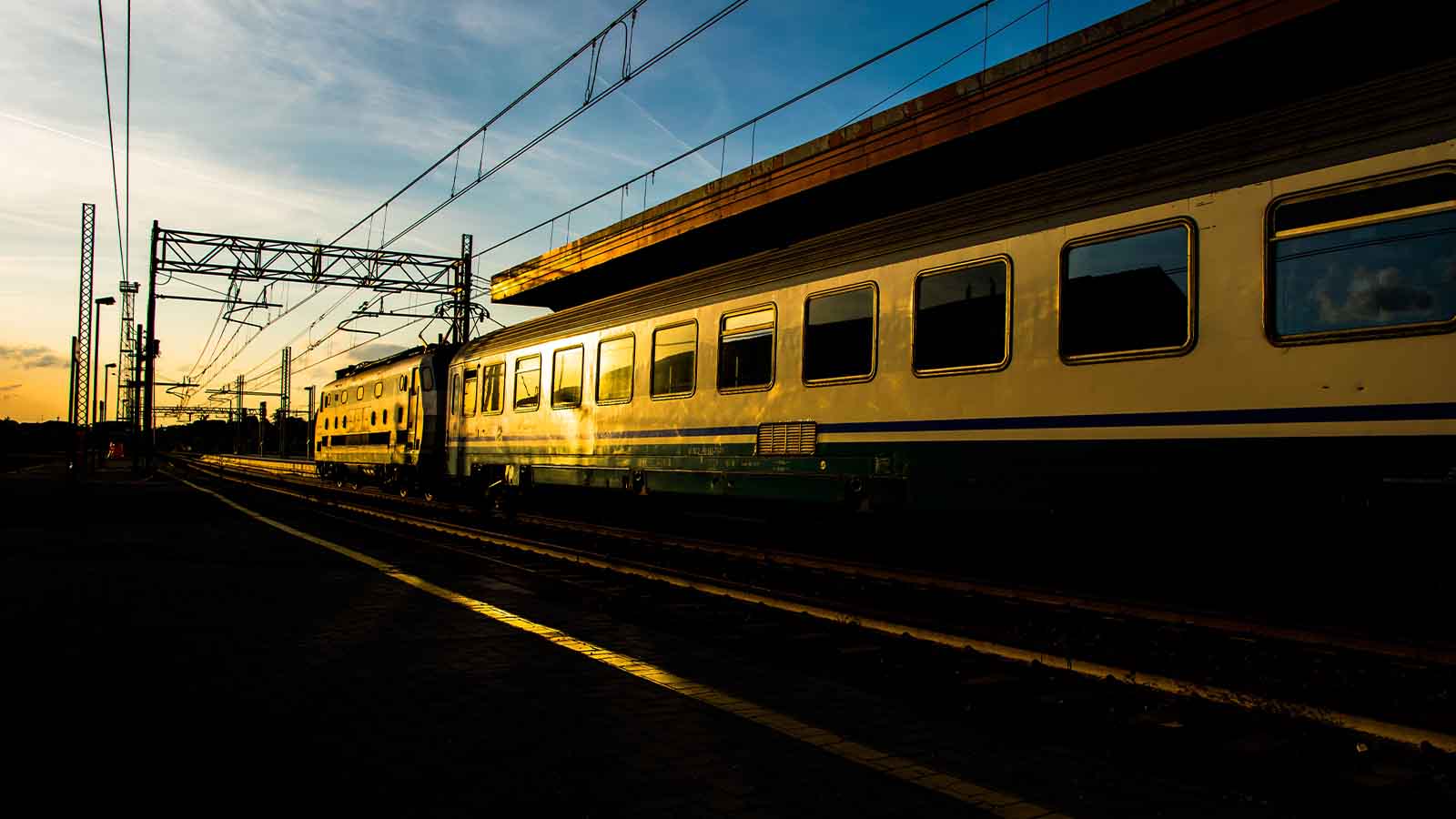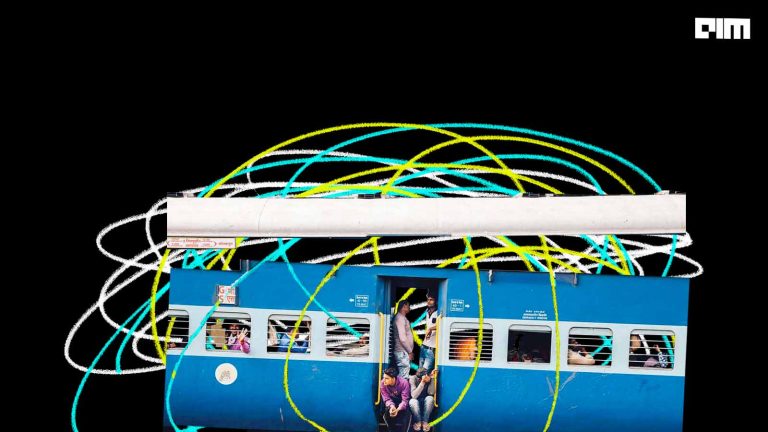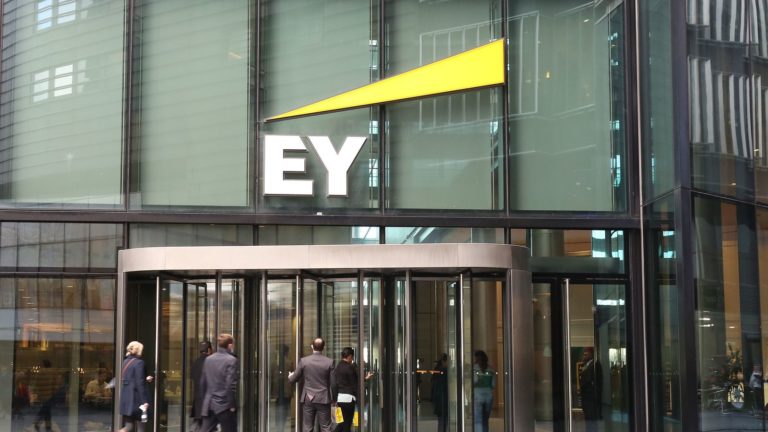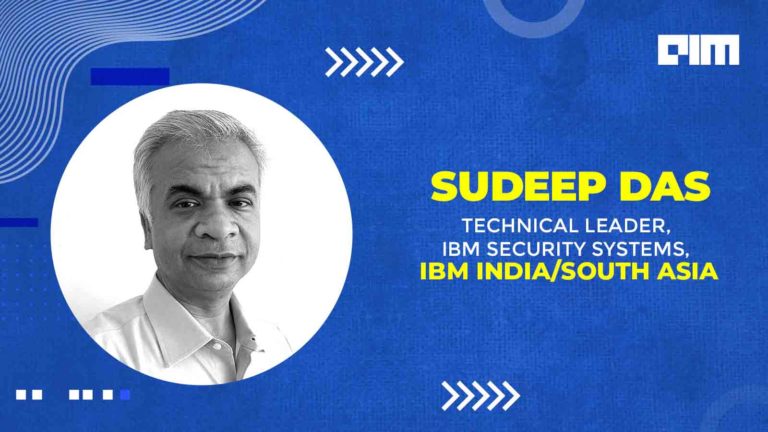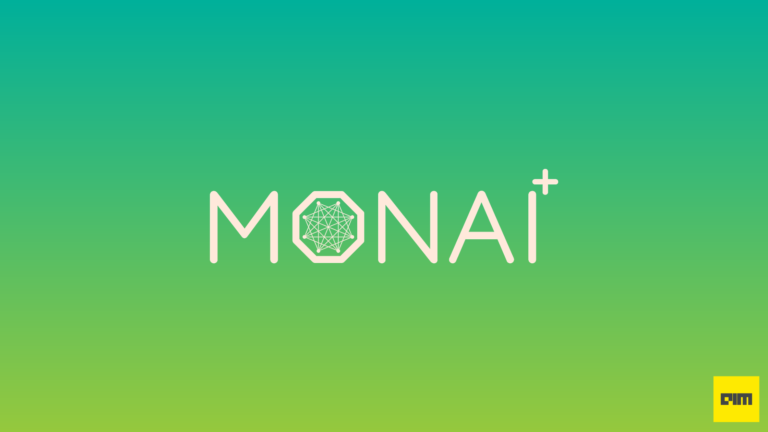For decades, the Indian Railways has been a significant and sole way for commutation in the country. Being the third-largest railway network in the world by size, it accommodates and offers its services to people from all walks of life.
With that being said, such a mammoth size of the railway system needs several aspects of the working to align for the system to function smoothly. And, even the slightest of disruption in the network can create hassle in the schedule, creating inconvenience to lakhs of people. Thus, to make the running of the system run smoother, there was a requirement for Indian Railways to deploy a consolidated system that runs on automation to get the job done in real-time.
Traditionally, the data was being collected manually, and given how large the system is, there were bound to be a few lapses. Indian Railways was looking for a solution that could improve their services offered to the customers and their experience while commuting.
The services for stations and while onboarding customers is a 365×24/7 task, which was done by the last-mile staff, which made it difficult for the railway officials to have real-time visibility of delivery of services. To overcome the challenge of service assurance and passenger satisfaction at stations and onboard trains, Indian Railways collaborated with Gaia, an enterprise AI and IoT solutions provider to enable a digitised and data-driven operation.
Also Read: How The Government Of Odisha Used Geospatial Technology To Provide Land Rights To Slums
How AI & IoT Helped Indian Railways?
Gaia created a customised solution using its SmartFeedback software platform, which in turn allowed an integrated CleanRail solution. Explaining better, the director and co-founder of Gaia, Amrita Chowdhury said, “The solution brought in a modular IoT and digital/ AI stack that was specifically designed to help Indian Railways manage and optimise their performance, reduce downtime, and increase responsiveness and productivity.” It comes with a two-sided platform for governance monitoring and orchestration of operations between various stakeholders.
To facilitate this, Gaia integrated a real-time Onboard Housekeeping Service (OBHS) management that not only manages people onboard but also manages operation processes. The system collects data via IoT sensors as well as users’ devices in real-time, with time and location stamps to ensure data efficacy and accountability of the entire working in Indian Railways. The IoT devices are paired with sensors to enable last-mile monitoring of parameters such as temperature, pressure, humidity, power usage, faults, proximity, footfall, and other metrics to understand site and asset performance in real-time.
Source: Gaia’s website
It then uses AI algorithms for allocation, optimisation, and task orchestration. A comprehensive action and workflow engine complement the platform for managing alerts and incidents, triggering workflows, and enabling closed-loop response management. The solution is a multi-tenanted platform that allows role-based access for users – from line staff and managers to senior management and board-level executives – on a unified platform.
It also has local backup storage for edge analytics, where the edge device has recursive neural network algorithms for detecting sound based inputs and interpreting. The cloud platform uses cognitive AI algorithms for fraud management and multi-factor swarming algorithms for allocation and optimisation. The solution was further integrated into Railways E-Drishti platform, allowing the railway board to access the status of national operation on a virtual GIS dashboard. With this, the managers and officers at the depot level can access the information at the train or group level.
“Our proprietary hardware electronics are built on STMicroelectronics STM32 chipset, and we have been the first in India to be incubated by STMicroelectronics Startup Labs,” said Chowdhury. “The proprietary software stack is built on open-source tools, but uses Azure infrastructure on the back.” This allows scalability and enhances the security and encryptions of the solution.
Also Read: How This Women-Owned Milk Producer Company Enabled A Smoother Payment Process With SAP-ERP
Wrapping Up With Benefits
With Gaia’s SmartFeedback-based CleanRail solution, Indian Railways have seen a massive transformation in the existing system. Some of the key achievements were — obtaining a real-time OBHS data collection that improved overall accountability of the operations, along with that was the introduction of big data analytics and cognitive AI facial recognition and GIS dashboards that offered real-time insights. This, in turn, improved the service assurance with a timely response to passenger grievances based on status updates and alerts.
Indian Railways has seen a 100% increase in digitalisation, accountability, and ecosystem transparency, among other things. The availability of real-time information and robust alerts has improved performance against SLAs by approximately 30-50%. Additionally, alerts for events or incidents that bring in location-wise information and intelligence allows staff to have early warning signals of the site performances, assets, and people they manage for faster response. “At the national level, the railway managers and leaders can now monitor the performance of onboarding services vendors across zones in an integrated fashion,” concluded Chowdhury.


